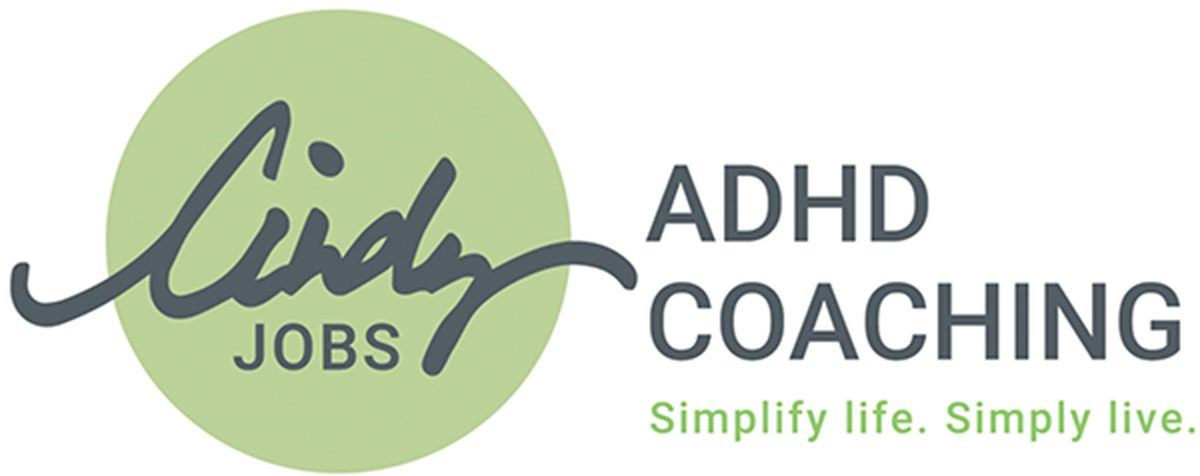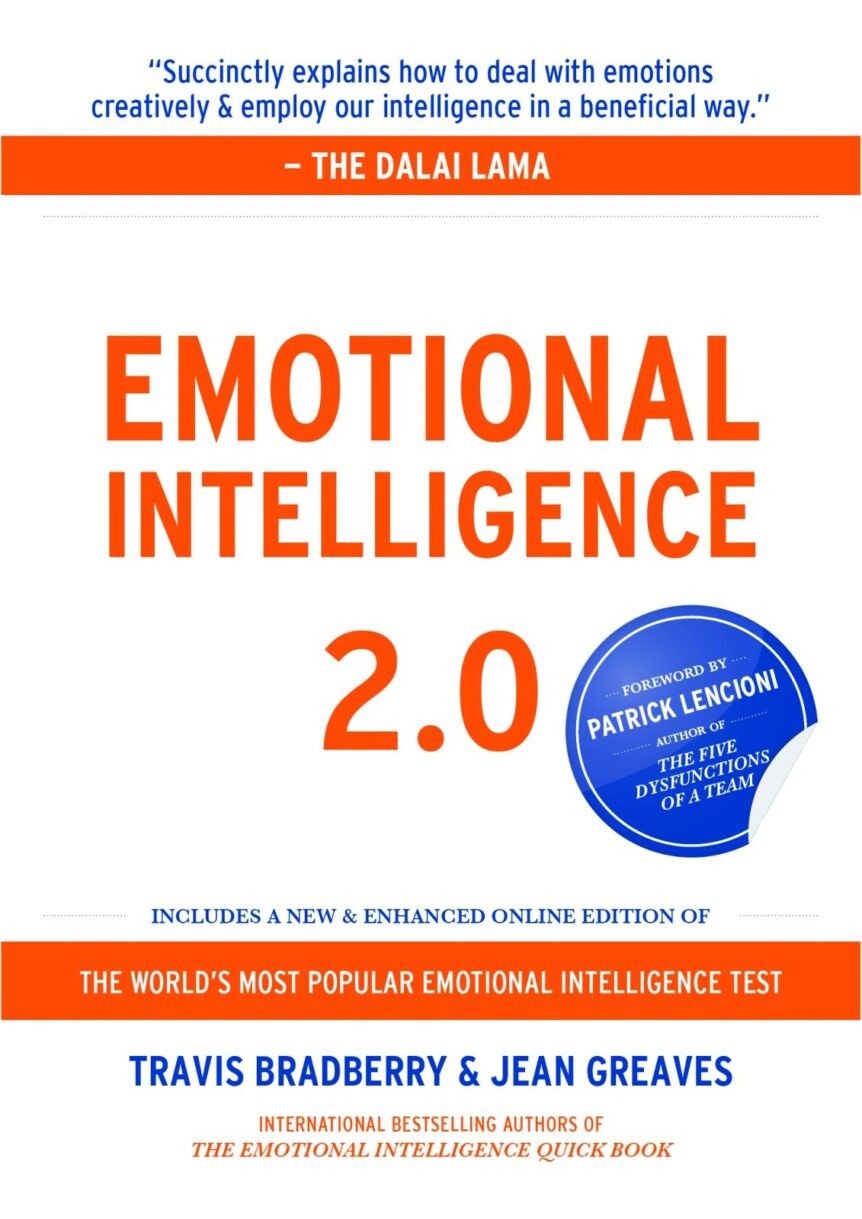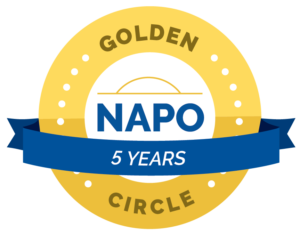I just finished processing (note, I didn’t say reading, more on that later) Emotional Intelligence 2.0 and found it absolutely fascinating.
Some of the gems:
“EQ is so critical to success that it accounts for 58% of performance in all types of jobs. It’s the single biggest predictor of performance in the workplace and the strongest driver of leadership and personal excellence.”
“When emotional intelligence was first discovered, it served as the missing link in a peculiar finding: people with the highest levels of intelligence (IQ) outperform those with average IQs just 20% of the time, while people with average IQs outperform those with high IQs.”
“Emotional intelligence is your ability to recognize and understand emotions in yourself and others, and your ability to use this awareness to manage your behavior and relationships.”
“When you are self-aware, you are far more likely to pursue the right opportunities, put your strengths to work, and — perhaps most importantly — keep your emotions from holding you back.”
The book is broken down into four areas for insight:
- Self-Awareness Strategies
- Self-Management Strategies
- Social Awareness Strategies
- Relationship Management Strategies
If you purchase the book intact, there is a code concealed in the back giving access to the Emotional Intelligence Appraisal.
Although I don’t generally write in my books, I noted experiences correlating to the strategies laid out in the book as I went through the four strategies. Here is a review of the 15 “Self-Awareness Strategies:”
1. Quit Treating Your Feeling as Good or Bad.
Initially, I thought of “scared” as a bad emotion, but then I recalled times when I felt this emotion, and it drove me to become more prepared for what was ahead of me, i.e., a public speaking engagement.
2. Observe the Ripple Effect from Your Emotions
When I worked in the corporate Macy’s office in Seattle, one of my team members had the kindness to let me know that I walked very fast and heavy when I left a challenging meeting with my boss. This act, although not directed at anyone, would put my team members on edge.
3. Lean into Your Discomfort
When I can identify the basis of my “fear,” I find it is not something to be avoided, but more something to learn more about.
4. Feel Your Emotions Physically
I feel frustration and anger in my chest. When I feel my chest tighten, I take a few moments to review the situation, then I take some deep breaths and move on.
5. Know Who and What Pushes Your Buttons
There is someone in my life that has been a long-time critic. When I know I’m going to have contact with this person, I start second-guessing myself and my abilities. I know now that I need to prepare myself differently for meeting with this person.
6. Watch Yourself Like a Hawk
My husband is nearly perfect at calling me when he leaves the office. I count on this reminder to start winding down my day. When he arrives without notice, I sometimes leap to frustration, and I have to check myself. Am I frustrated with him or the fact that I’ve not created a reliable process for myself to transition away from work?
7. Keep a Journal about Your Emotions
I journal every night. Recently I added “Let go of . . . .” to my nightly routine. This allows me to pinpoint and let go of negativity. I also keep track of the good things via my “I am grateful for . . .” notations.
8. Don’t Be Fooled by a Bad Mood
I recently found myself very frustrated when someone showed up late for a meeting. Upon inquiry, I found out that the person was late because of a power outage’s truly unavoidable circumstance. I had to step back and not let that situation cloud the balance of my day.
9. Don’t Be Fooled by a Good Mood, Either
When things are going really well for me, I’ve noticed a tendency to become complacent.
10. Stop and Ask Yourself Why You Do the Things You Do
When I feel challenged, I shut down. I stop contributing. I question my abilities. I fear opening myself will result in criticism. When I start wanting to watch Judge Judy instead of working, it’s time for some serious self-reflection.
11. Visit Your Values
My values (Honesty, Loyalty, Affection) are my guiding light. I make decisions and commitments based on my Values. Although I don’t endorse any particular assessment, this assessment from Life Value Institute may be a good start.
12. Check Yourself
Several years ago, a client gave me a life lesson. During our meeting, she asked if I was mad at her about something because I was frowning. I wasn’t angry, I was thinking, and that’s how it manifested in my facial expression. Lesson. Learned.
13. Spot Your Emotions in Books, Movies, and Music
I’m a big Allison Janney fan. She’s funny (“Tammy”), she’s smart (“West Wing”), and everything in between. Plus, she’s tall like me, and I can relate. When I want to buck myself up with a persona, I reach for Allison’s inspiration.
14. Seek Feedback
This is so hard and yet so powerful. According to my husband, I talk really loudly. He, and others, I’m certain, find it annoying. I’ve asked him to remind me, at the moment, when I’m doing this so I can correct it right away. Seek feedback from those you trust.
15. Get to Know Yourself Under Stress
When I’m under stress, I can feel my heart racing. I generally feel my heart before my head has zeroed in on the stressor. Trust your body.
This is just a small portion of the work I’ve done assimilating the mountain of information in Emotional Intelligence 2.0.
I’d highly recommend you get the book, participate in the assessment, take notes on how you see yourself in the strategies presented, and create a 2.0 version of yourself!
Cindy Jobs
Looking for more information?
Click here for ADHD-friendly Time Management Tools
Click here for 15-minute organizing tips.
Click here to schedule a complimentary breakthrough session.
For more helpful information, follow me on Facebook.
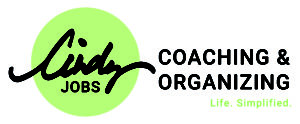

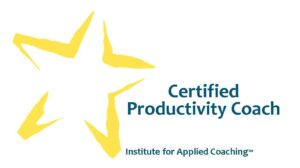
Former member:
